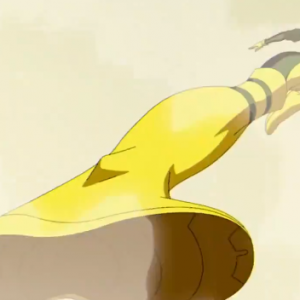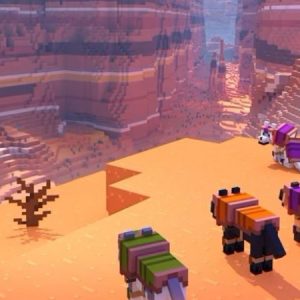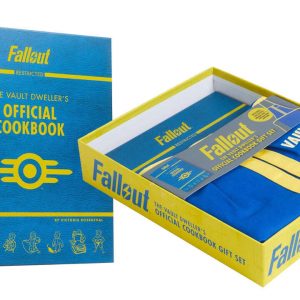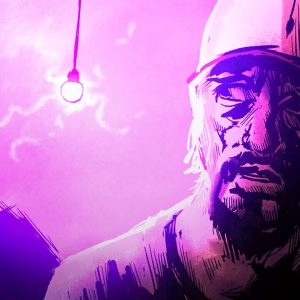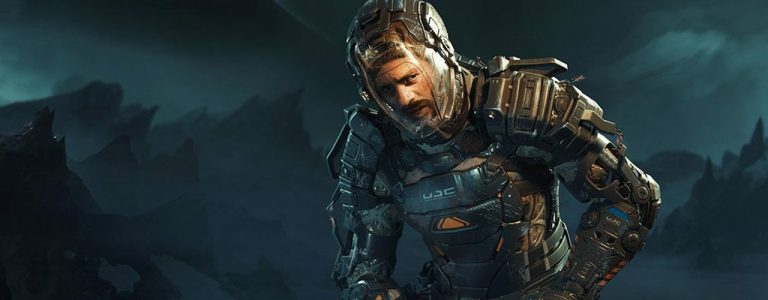I didn’t know I needed a cosmic horror-fueled fishing game in my life – at least, not until I played Dredge. It’s not exactly a full-blown management sim ala Fishing Planet, but this 12-hour expedition through haunted open waters is both mysterious and compelling enough to tickle my brain and tug on all the right heartstrings. I felt possessed into flinging myself overboard with an unhinged smile cast across my lips, like one of its many macabre characters. …Figuratively speaking. Starting small and slow is a challenge, but upgrading my fishing boat led Dredge to spout forth a flurry of meaningful improvements to my fishing speed, inventory capacity, and my ability to scope out and evade the plethora of dangers that might rear their ugly heads at night.
Managing this fishing boat is no plank walk; five unique zones fit cozily within its relatively compact open world, hiding enough secrets, quests, and unique varieties of cartilaginous fish to fill its duration without overstaying its welcome.
All I know is that I’m a contract fisherman who’s rescued by the townsfolk of a remote island settlement called Greater Marrow. I’m given a new boat and… that’s all. But due to Dredge’s simple fishing and movement mechanics, this is pretty much all I need to know before I can begin my quest for fish on the open ocean, and it’s there that I’m immediately treated to a gorgeous sunrise stretching over the horizon. Leaving the bay of Greater Marrow for the first time and drinking in the sights and sounds is a treat.
“
It’s in its favor that it’s so simple to pick up, both because its mesmerizing low-poly art style is so centric to its story and because it doesn’t really need me to understand too much to enjoy it. There’s no combat to speak of; just sail around, catch fish, solve the occasional puzzle, and try to return home in one piece. In fact, most of Dredge’s story revolves around simple fishing minigames that just have you pressing the DualSense controller’s square button in a specific rhythm according to directions on screen. It’s forgiving, in that no matter how many times you mess up the prompts, you won’t lose the fish, only in-game hours. I even had a friend momentarily take over my controller through the PS5’s SharePlay feature and reveled in watching how quickly they were able to pick up the mechanics.
Controlling your boat through tight spaces and navigating harsh waters is a breeze since moving forward and backward (and braking) is as simple as moving the left thumbstick back and forth. It’s an enjoyable added touch that progressing through each step of the main quest unlocks additional movement abilities, like the Haste skill that gives a speed boost that’s especially useful when getting out of the way of a hungry sea monster – but comes with the risk of destroying an engine and damaging your hull if you don’t give it intermittent rests.
“
Dredge’s story is intentionally cryptic at first glance, with your ship’s bow providing minimal context to the series of events unraveling in front of your eyes. But what starts out as a relaxing fishing trip rapidly takes a darker turn through threatening encounters with the ocean’s natural and supernatural denizens – who turn hostile after dark. This tension is fleshed out through genuinely interesting and well-thought-out dialogue with townsfolk between quests, and the broader story’s concealed undercurrents are cleverly pieced together in bottled notes found amidst the waves. Tactfully breaking up its fishing minigames with these elements, Dredge gradually unveiled its hidden agenda and latched onto my brain like a series of parasites slithering onto my boat’s deck. Which is something that actually happens, in more than a few cases.
Things heat up at night when the fog rolls in and your panic meter begins to increase in the darkness. The higher it goes, the more likely it is that monsters and other obstacles will spawn, so you have to balance that against turning on lights to temporarily lower panic. Of course, light attracts monsters that will quickly destroy your boat’s hull if you don’t evade them, so it’s a bit more challenging to manage than a simple fishing game. That brings balance and danger to every expedition.
Adding even more challenge, the world shifts around at night, meaning I sometimes ended up running headfirst into a rock that definitely wasn’t there during the daytime. For this reason, it’s never a great idea to make a beeline for the nearest port of call when panic sets in. At least, not without making sure the next few feet in front of you are clear, which is made easier by upgrading your boat with bigger, brighter lights. This interaction between systems gives Dredge a layer of strategy that keeps things interesting even when I’m not making substantial progress on the main quest.
“
The Greater Marrow lighthouse remains a central landmark no matter where you are on the map, but you still need to get there safely on your own gumption if you find yourself lost at sea. And because there is only one limited method of fast travel, the stakes are raised even further if you find yourself adrift after dark. Since time only moves when you move your ship or play a fishing minigame, the constant, creeping fear of being snuck up on by a rogue sunset keeps my watchful eye pinned to the clock – which conveniently sits overhead – at all times.
Thanks to all that, I often found myself pulled along with Dredge’s current, solving puzzles and gathering hidden relics as I carefully built up my ship and kept a stream of currency rolling in. Following the main quest is crucial to unlocking advanced fishing rods and nets, but most objectives are bite-sized, adding up to little more than fetch quests. They’re made more worthwhile by the fact that each one contains interesting writing that fleshes out the world’s lore or is somehow tied to the broader story, and the cast of characters are interesting and likable until the end.
Likewise, completing quests is necessary to loosely flesh out your encyclopedia of up to 128 fish, but it’s nice that I didn’t need to catch ‘em all if I didn’t want to. But if you do want to, you’ll need to grind. Each species of fish only shows up in certain environments that require specialized gear to fish in, and most only appear at certain times of day, including species that are necessary to solve certain puzzles and progress the main story. This made it important to max out my ship’s hull so it could survive the long treks to other zones, which inevitably meant traveling at night.
Upgrading the ship’s hull largely centers around scavenging coastal shipwrecks – an activity that’s a little more monotonous than it needs to be, given how sparse resources can be, and how hard it can be to find certain crucial items like wooden planks early on. This is the main upgrade path that I spent most of my time working on, accounting for most of the heavy lifting in terms of improving my ship’s critical functions. But the upgrade path is disappointingly linear, and a lot of grinding is involved in maxing it out. Moreover, if one were to play to the end and max everything out, their boat will be exactly like mine, minus a select few deviations in some equipment choices, so the decisions I made along the way didn’t end up feeling meaningful.
“
The tugboat is as fragile as it looks, meaning it takes only a few collisions – even small ones – to send you back to the dock from which you most recently set sail. Full disclosure: autosaves are frequent in Dredge, conveniently taking place whenever you bring your ship into any port. Plus, docks are scattered liberally across the world map, so it never feels like a safe haven is too far away to have a fair chance at evading danger. It’s great then that dropping anchor at a friendly settlement and sleeping through the night can eliminate your panic gauge so that you get a fresh start at the beginning of the following day. This allows me to fully appreciate moments of tension, since its difficulty always feels just balanced enough to provide a challenge and a handful of scares without ever crossing a line or feeling unfair.
I enjoyed getting to specialize my research tree with a scarce resource that unlocks specialized and increasingly powerful nets, rods, and engines – giving me at least some leeway to craft my own build. These choices would move me in the direction of certain quests faster, depending on which zones I wanted to explore first. For example, I installed a fishing rod early on that granted access to Volcanic fishing holes, letting me solve the quests in the volcano-themed Devil’s Spine zone at my own leisure.
It’s also really smooth. I can’t think of a single moment I ran into a bug or a crash in my entire 12 hours playing Dredge, and this might be the first game in recent memory I’m able to say this about. On the PS5, the DualSense controller emits satisfying pulses of feedback in response to the motion of the ocean, and even with a basic soundbar, the ambiance makes a strong impression.
